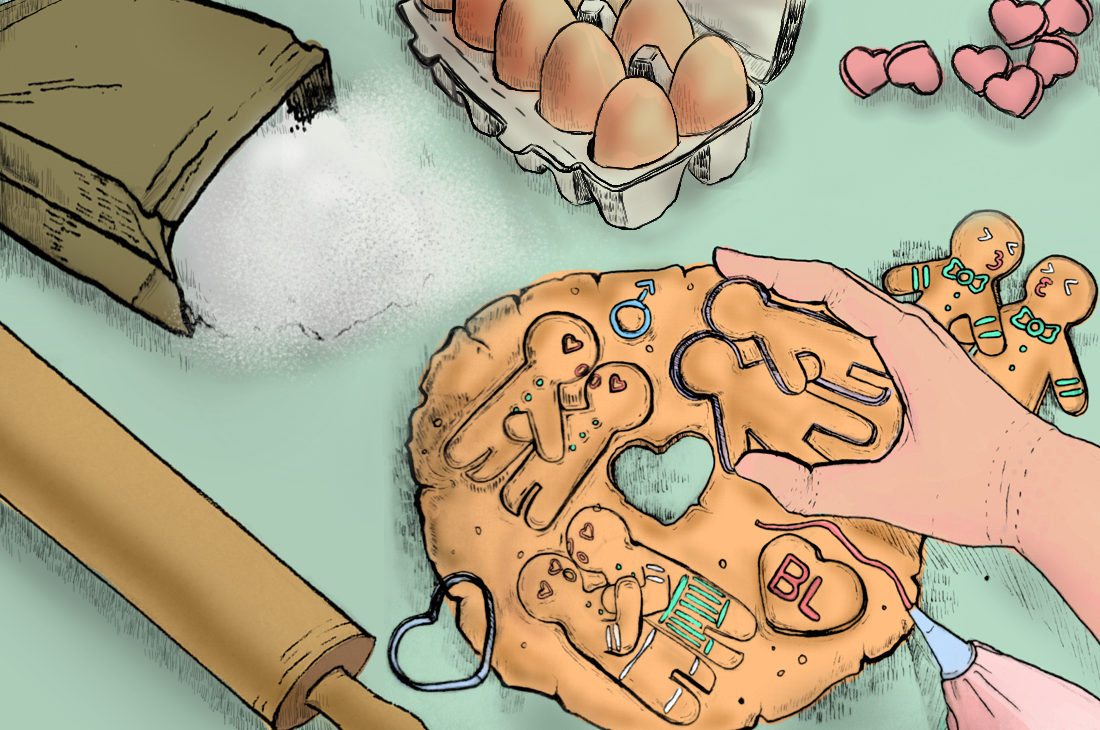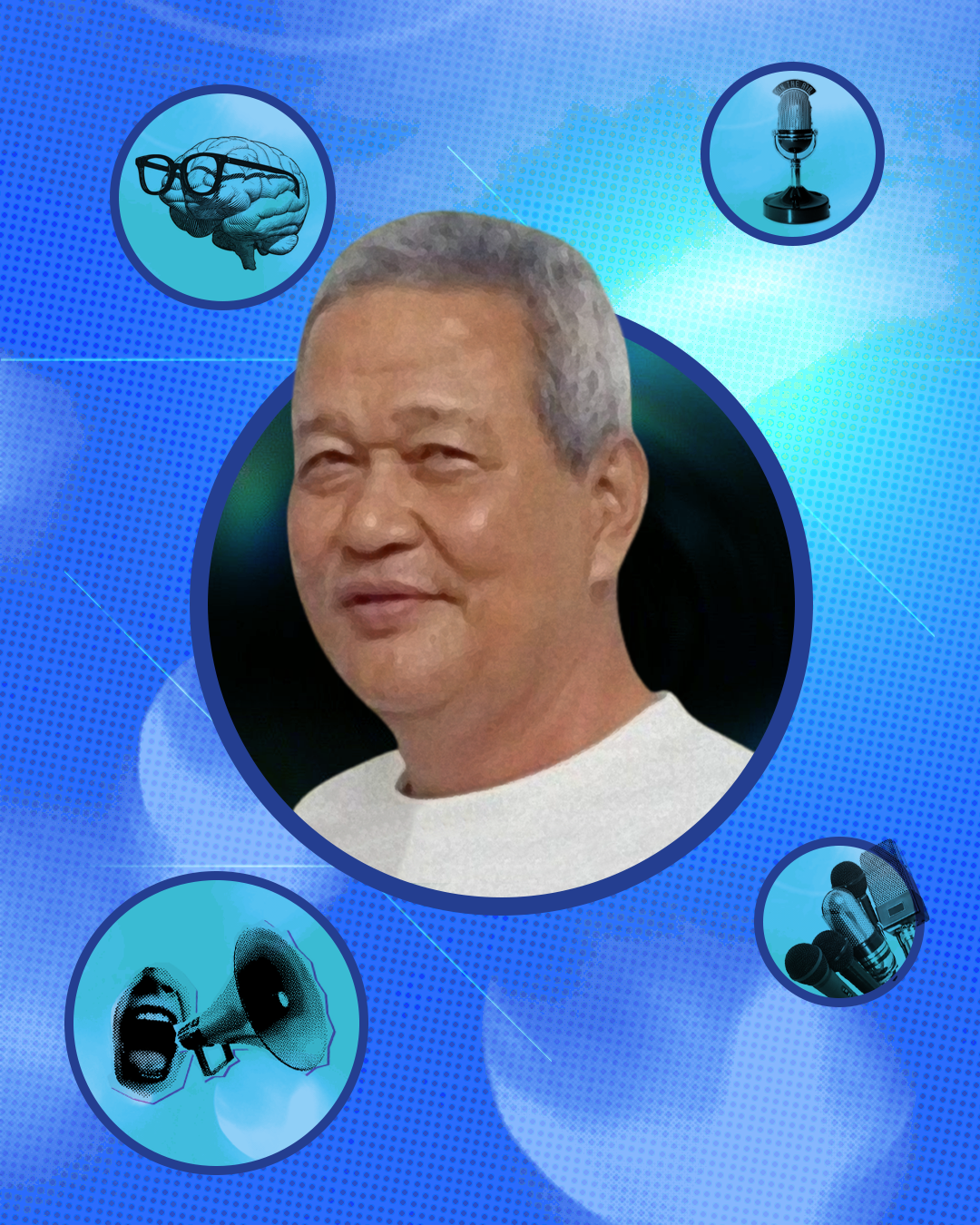The quintessential romantic drama is no longer confined to man and woman. In manga, anime, movie, and television, stories of boys falling for boys are in the mainstream. These have proven to be a commercial success, and media outlets are quick to produce and rake in the profits.
Depreciatively referred to as “yaoi,” a Japanese term short for “yama nashi” (no climax), “ochi nashi” (no resolution), and “imi nashi” (no meaning), these stories are often dismissed as quick, harmless fiction consumed for pleasure. Yet, as the flood of boys’ love fiction pervades the market, this abject dismissal is no longer tenable.
Though alien at first and unfamiliar, the drama of soft teenage boys deeply in love and at play with each other has shown itself just as irresistible, entertaining, and complex as boy-girl celebrity couples. Outside of Japan, in China, Korea, and especially in Southeast Asia, with the popularity of the Thai series “2gether,” fans root for these pairings that have come to represent what we now know as boys’ love.
Yama nashi
Boys’ love (BL), is a genre of fiction typified by romance between “beautiful” males with effeminate characteristics (“bishounen”). First popularized by Japanese women in the 1970s, the genre catered mostly to female audiences. An antecedent of BL is “shoujo”—stories targeted at young women, involving romance between male and female protagonists.
The postwar turmoil in Japan saw women taking up writing as a form of escapist liberation, in a society where they were otherwise silenced. Early examples of BL were set in 19th century European contexts, led by European protagonists living archetypal Victorian lives. They were considered “safe fantasy,” as they were far from the realities in Japan.
It is against this backdrop that James Welker, professor of cross-cultural studies at Kanagawa University, argues that the genre offers a liberative space where readers can play on romance and sexuality. Writers’ desires, erotic or not, are translated into BL narratives and acted out by androgynous males in fantastic settings.
By putting bishounen in vividly unconventional romantic situations, BL challenges certain established norms. The dynamics of these relationships can be both sexual and non-sexual, while some even outright depict sexual violence. Instead of men dominating women, the androgynous male is both the dominator and the dominated.
Yet, in making these men androgynous, tangled in a “seme-uke” (top-bottom), dominator-dominated setup, BL still tends to subscribe to heteronormative elements. Although physically male, the bishounen in BL can be anything the viewer desires them to be. The bishounen-bishounen pairing can thus be translated back to the man-pursues-woman narrative.
Ochi nashi
Welker points out that the full potential of BL, despite borrowing from heteronormative narratives, lies in “liberating readers not just from patriarchy but from gender dualism and heteronormativity.” As mainstream BL unfolds, the same boundless potential, however, has limited its role in gender liberation.
The globalization of BL has made its mass production possible. Far from “doujinshi” (independently published manga) made for a niche audience, the genre has made its way into mass media. Large media companies are now at the forefront of producing BL content, complete with merchandise and fan service. In effect, BL has become part of an industry built to sell.
Since as early as the 1990s, BL has faced condemnation from the Japanese gay community. Starred by attractive males—acting as beautiful boys in a seme-uke relationship, with boy traits and boy hobbies—the narrative is akin to romantic Korean drama and shoujo. By following rather than breaking established plot formulae, mainstream BL falls into the danger of reinforcing stereotypes as it sidelines other sexual identities.
Boys’ love producers, pursuing wide viewership, have long capitalized on the bishounen. Japanese sociologist and feminist Ueno Chizuko claims that these male figures serve to represent a “girl’s idealized self-image.” In a sense, the bishounen does not necessarily reflect the homosexual, but is rather a product up for consumption, onto which fantasies are projected and made physical.
While BL is instrumental in the contemporary expression of sexual desire, it is important to emphasize that it need not wholly be sexual. Most BL content has a myopic tendency to contain itself in a cycle of topless shots and kissing scenes for fan service, which traps its narrative from developing beyond the protagonists’ abs. The ensuing plot becomes true to the derogatory yaoi brand of being pointless–deprived of meaningful sexual expression.
Imi nashi
For Mykel Andrada, assistant professor at the Department of Filipino and Philippine Literature at UP Diliman, BL provides a spectrum of narratives that are not necessarily within the LGBT genre, such as bromance or brotherhood. Thus, BL is not exclusively LGBT, although it forms a large part of the community’s media representation.
This spectrum, however, shrinks as profitable narratives and characters are chosen over those that are not. The BL fantasy becomes limited to the bishounen, and only they are ever shown to be truly free. The non-bishounen are relegated to the roles of mere spectators and sidekicks, as is the case in even other genres of mass media that rely on what pleases consumers’ eyes and imagination.
On the other hand, a “new wave” BL movement explores narratives diverging from conventional BL. Stories of non-bishounen gay or transgender characters are meeting popular success. The protagonists need no longer be bishounen, nor vaguely identified as androgynous, nor the plot overtly sexualized. Andrada highlights this subversive or radical potential of BL in the sense of showing something new and different.
In a world where boys loving boys are yet to be understood and widely accepted, BL has an undeniable power of bringing such romantic relationships into the mainstream. Beyond fantasy, the struggles of gay couples are real and complicated and come in various forms that transcend the bishounen.
As the boys’ love fantasy proliferates, so too will it intertwine with reality. Boys’ love must break through the limiting fantasy of beautiful androgynous boys. The extent to which it meets its potential could only be judged by how it portrays, albeit fictitiously, experiences that are real and human, homosexual or otherwise. ●
This article was originally published on August 29, 2020.





